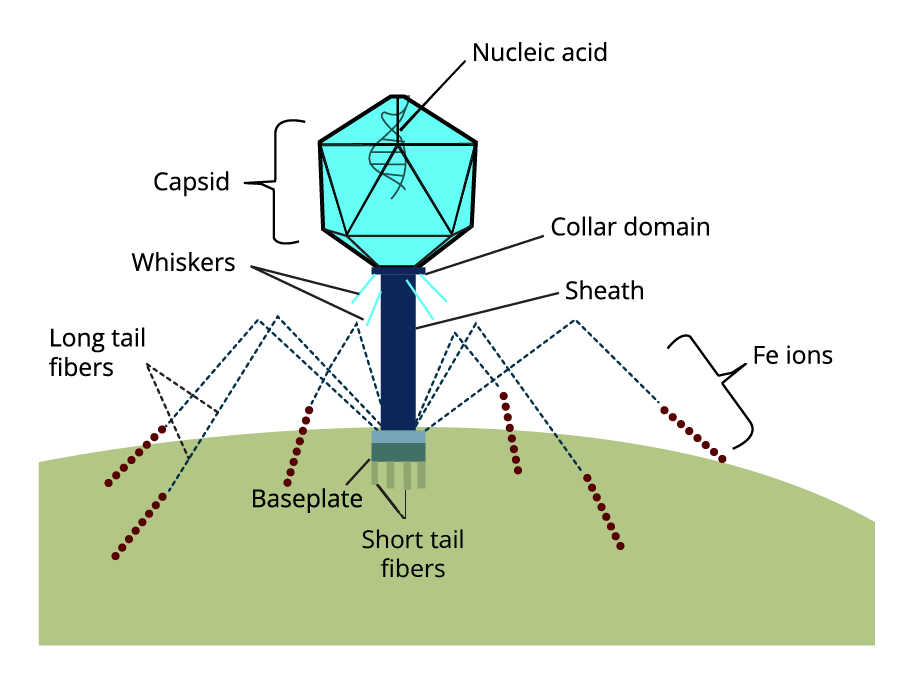Crucial Practice Problems for CBSE Class 11 Biology Chapter 2: Biological Classification
FAQs on Important Questions for CBSE Class 11 Biology Chapter 2 - Biological Classification
1. What are the concepts important from the exam point of view in the Chapter 2 of Class 11 Biology?
While students should prepare for all the concepts with an equal amount of seriousness before their exam, more focus on certain topics can help students increase the probability of scoring better. Some topics covered in the NCERT Solutions for Chapter 2 of Class 11 Biology that hold more importance from the exam point of view include:
Biological classification
Taxonomy
Importance of taxonomy
Classification and Evolution
Classification of the Animal kingdom
Classification of plants
2. Explain the characteristic features of Euglenoids from Chapter 2 Class 11 Biology.
According to the Chapter 2 of Class 11 Biology, the following are some of the characteristic features of Euglenoids:
They are unicellular protists.
One can find them in freshwater bodies.
They contain pellicle present, a protein-rich membrane.
There is no cell wall present in euglenoids.
They can prepare their food with photosynthetic pigments called chloroplasts.
They are generally red in colour because of the carotenoids present in them.
Euglenoids generate a cyst that helps them withstand the drying period.
3. How many questions are asked from Biological Classification in NEET?
NEET is held for a maximum total of 720 marks for a total of 180 questions. Out of these, 90 questions are from Biology, making total marks for the subject to be 360. Out of this total of 360 marks, the chapter Biological Classification holds 2% weightage in the exam. One cannot determine how many questions may be asked from the chapter but it has been determined that there is a 5% chance that the topic is questioned during NEET.
4. What are some important questions in Class 11 Biology Chapter 2?
Chapter 2 - Biological Classification of Class 11 Biology NCERT is one of the important chapters in the Class 11 syllabus provided by CBSE. Students can find here some important questions from the chapter to help them make their preparation before the exam stronger. The solutions to these questions can be found on Vedantu’s website. These solutions are available at free of cost on Vedantu(vedantu.com) and mobile app. These important questions include:
“What is the Advantage Associated with Five-kingdom Classification Over Two-kingdom Classification?”
“What are the Approaches to Improve Crop Yield?”
5. What is the need for Biological Classification according to Chapter 2 of Class 11 Biology?
Biological Classification has been defined as a process during which various living organisms are classified or grouped by scientists on the basis of their specific characters and their similarities. There are mainly three reasons why biological classification is important. These include:
Study of a wide variety of organisms is made easier.
Projection of all life forms in a well-explained manner
Helpful in explaining the inter-relationship among the various groups of different organisms
6. What is the basis of the five-kingdom classification system proposed by Whittaker?
The five-kingdom classification is based on cell structure, mode of nutrition, level of organization, reproduction, and phylogenetic relationships.
7. What are the key features of Monera in the five-kingdom classification?
Monera includes prokaryotic organisms, such as bacteria. They are unicellular, lack a nucleus and membrane-bound organelles, and reproduce asexually.
8. How are fungi classified, and what are their main characteristics?
Fungi are classified under a separate kingdom due to their heterotrophic nutrition, cell walls made of chitin, and reproduction through spores. They play roles as decomposers, symbionts, or pathogens.
9. What are the major differences between protists and Monera?
Protists are eukaryotic, with a nucleus and membrane-bound organelles, while Monera are prokaryotic and lack these structures. Protists include unicellular algae, protozoa, and slime molds.
10. What are the limitations of the two-kingdom classification system?
The two-kingdom system (Plants and Animals) failed to distinguish between prokaryotes and eukaryotes, unicellular and multicellular organisms, and autotrophs and heterotrophs, leading to the need for more advanced systems like the five-kingdom classification.


























